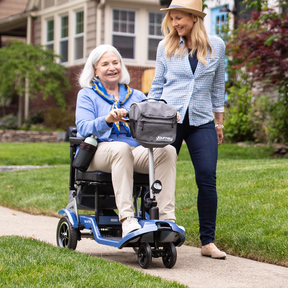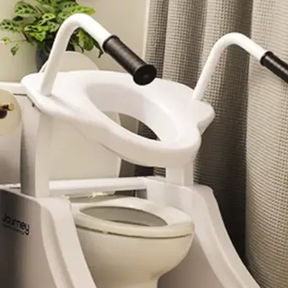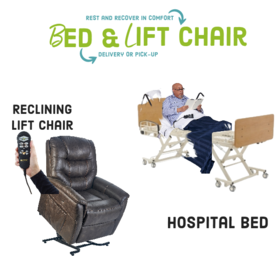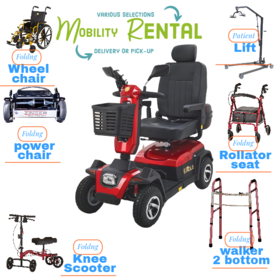Blog Follow These Tips to Ensure a Smooth and Successful Post operation Recovery
Knee braces are commonly used following knee surgery to provide support, stability, and protect the knee joint during healing. Knee surgery can range from minor procedures such as arthroscopy to major surgeries like total knee replacement.
After knee surgery, the joint is often immobilized for proper healing. Knee braces provide additional support and stability to the involved knee joint during this period. The braces help to reduce the risk of re-injury and promote healing by limiting the range of motion.
Several braces are in use, pending the type of surgery and the individual's specific needs. 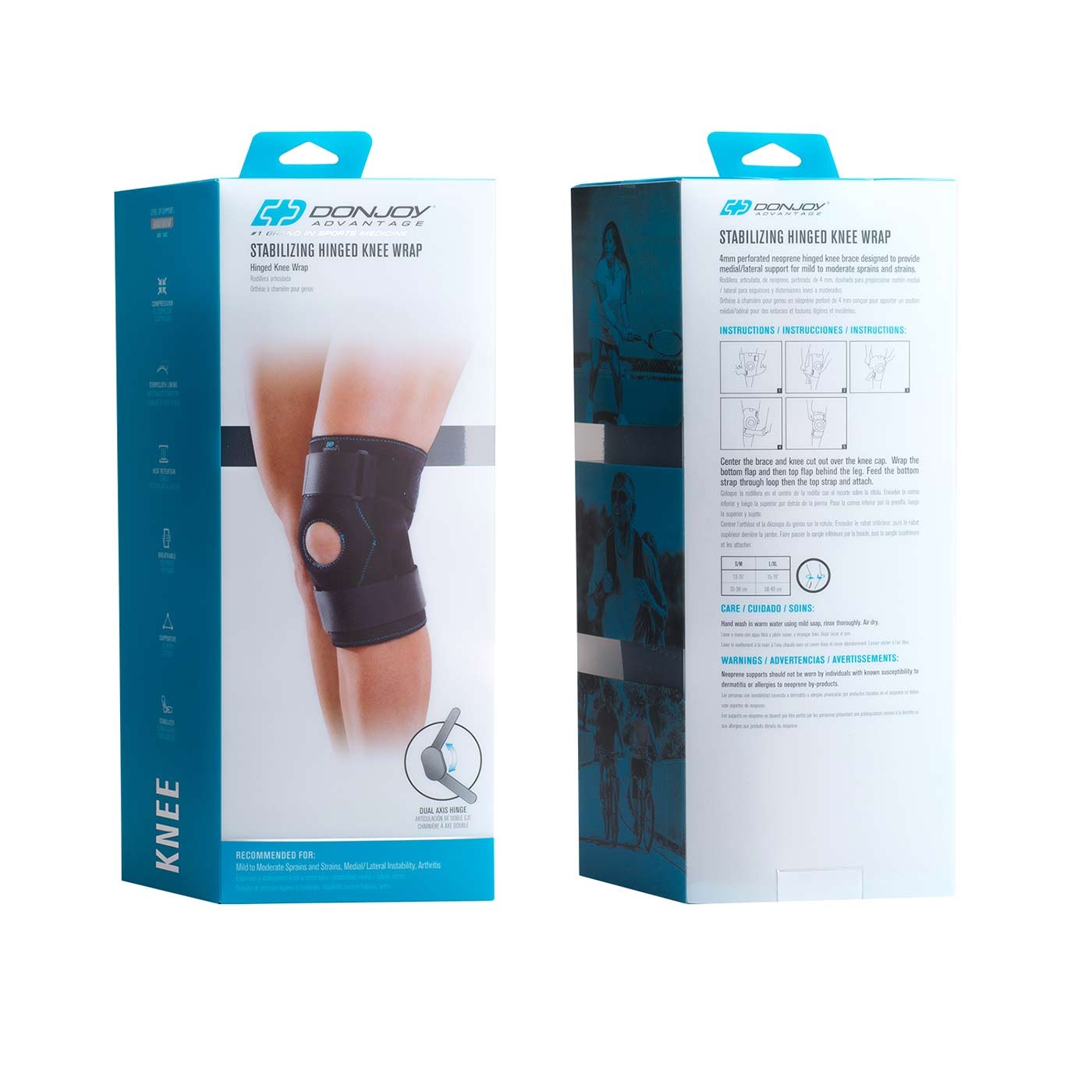
Common knee braces
- Functional knee braces: These braces provide support and stability to the knee joint while allowing for a certain degree of movement. They are commonly used following ACL (anterior cruciate ligament) surgery.
- Post-operative knee braces are used immediately after surgery to immobilize the knee joint and promote healing. They are typically used following major knee surgeries such as total knee replacement.
- Unloader knee braces: These braces reduce pressure on a specific knee joint area, such as the medial (inner) or lateral (outer) compartment. They are commonly used for arthritis.
- Patellar knee braces: These braces stabilize the kneecap (patella). They are commonly used in patellar instability or patellofemoral pain syndrome.
In addition to providing support and stability to the knee joint, knee braces can also help to reduce pain and swelling following knee surgery. They may also be used as a part of a comprehensive rehabilitation program to help individuals regain strength and mobility in the knee joint. It is important to follow your surgeon's and physical therapist's instructions on properly using knee braces following surgery to ensure the best possible outcomes.
1. Use the Right Medical Supplies:
Using the right medical supplies can help make your recovery more comfortable and successful. Your doctor may recommend using a knee brace, crutches, or other mobility aids to support your knee and help you move around safely.
2. Manage Pain:
Pain management is an important part of your recovery after knee surgery. Your doctor may prescribe pain medications or recommend other treatments, such as ice therapy or physical therapy exercises, to help manage your pain.
3. Follow Your Physical Therapy Plan:
Physical therapy is an essential part of your recovery after knee surgery. Your physical therapist will develop a customized plan to help you regain strength, mobility, and flexibility in your knee. Be sure to follow their instructions carefully and attend all of your scheduled therapy sessions.
4. Maintain a Healthy Diet:
A healthy, well-balanced diet can help support your body's healing process after knee surgery. Focus on eating plenty of protein, fruits, and vegetables to help your body rebuild tissue and fight off infection.
5. Stay Active:
While resting and allowing your knee to heal is important, staying active is also essential for a successful recovery. Your physical therapist will likely recommend exercises and activities that are safe and appropriate for your recovery.
6. Get Plenty of Rest:
Getting enough rest is crucial for your body to heal after knee surgery. Be sure to rest, take breaks throughout the day as needed, and aim for at least 7-8 hours of sleep each night.
7. Follow Your Doctor's Instructions:
Following your doctor's instructions carefully is crucial for a successful recovery after knee surgery. This may include attending follow-up appointments, taking medications as prescribed, and adhering to any activity restrictions.
Tags
- contest
- event
- supplies
- design
- brand
- video
- Compression
- upright walker
- four wheel walker
- rollator
- wheelchair
- Ostomy
- elegantly
- elegantly
- accessibility
- Mobility
- knee walker rental
- knee scooter sales
- knee scooter
- post operative shoe
- anti-embolic stockings
- pain management
- cryotherapy therapy
- hot cold compress
- compression stockings
- lift chair
- wound Care
- air purifier
- fall prevention
- cushion
- oxygen therapy
- cpap, bipap
- Hospital Bed
- Life Aide
- EMS
- recovery
- splint
- knee brace
- Bathroom
- patient lift
- medical supply
- Wound dressings
- Lightweight Wheelchair
- hospital beds for sale
- sky medical supplies rentals
- compression socks
- Adult Diapers
- Rollator Walker
- Bed Wedge Pillow
- Hospital beds
- Patient Lifts and Slings
- Portable Oxygen Concentrator
- Patient Lift Slings
- knee scooter rental
- folding mobility scooter
- mobility scooter
- medical shoes
- raised toilet seat
- hospital beds for rent
- lift chair recliner
- chair lift
- electric wheelchair
- Power Lift Recliners for Elderly
- Senior Walkers
- Bedside Commodes
- whill wheelchair
- compression hose
- Whill Electric Wheelchairs
- Bariatric Wheelchair
- Recliner Chairs with Lift
- Colostomy Bag
- Crutches
- Medical Wedge Pillow
- skin barrier tape
- Post Surgery Ice Machine
- Bedside Commode
- chair lift recliners
- cane holder scooter
- lift chair prices
- drop arm commode
- rollator walker with ergonomic seats
- Hospital Bed Rental
- Wheelchair Tray
- Golden Technologies Lift Chair
- Nova GetGo Junior Rollator
- power lift recliners
- Knee Scooters and Crutches:
- stand up walker for seniors
- stand up walker as seen on TV
- Women's Walking Canes
- Knee Immobilizers
- Bed Wedge Pillow
- Medical Supply Stores
- Sit to Stand Lifts
- Grab Bars
- Compression Gloves
- incontinence bed pads
- Lift Reclining Chair
- Knee Walker Scooters
- Hernia Belt Near You
- Mobility Scooter Stores Near Me
- Folding Knee Walker
- Oxygen Concentrator Store
- Inogen Battery
- Electric Bed Frames
- Placing Lift Chair
- diaper brief
Related Posts
Get weekly articles in your inbox on the latest medical supply news, exclusive deals, and helpful health tips.

